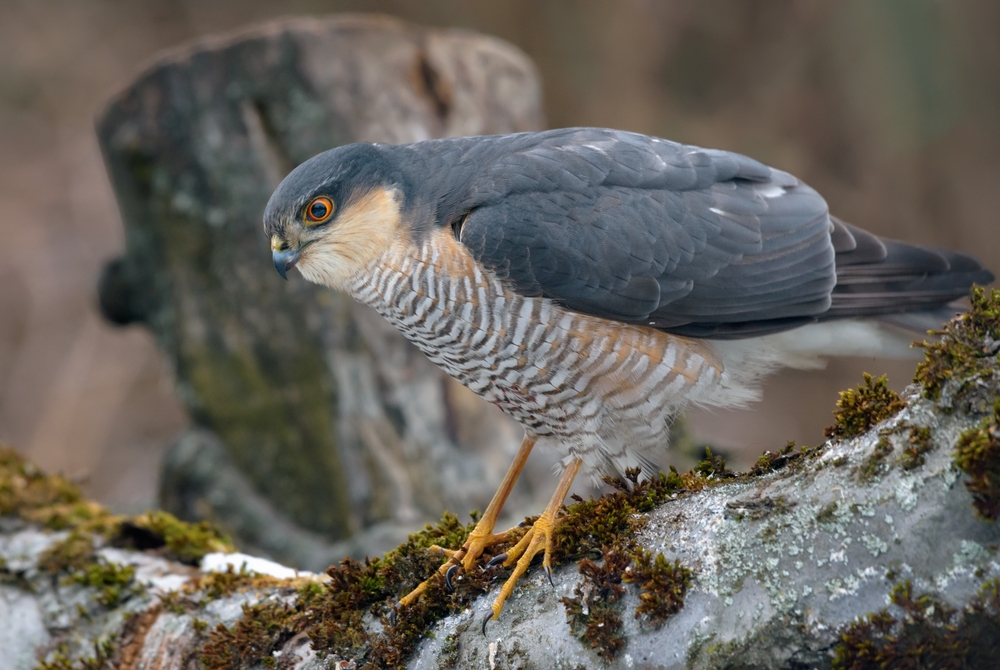Wolchulsan Overview
Wolchulsan National Park, located in South Jeolla Province, South Korea, is a striking natural gem spanning 22 square miles (57 square kilometers). Its name, “Wolchulsan,” translates to “Moon Rising Mountain” in Korean, a fitting tribute to the park’s ethereal beauty, especially as the moonlight casts a magical glow over its rugged peaks. Established in 1988, this national park is one of Korea’s most treasured landscapes, drawing visitors year-round to experience its unique terrain, diverse ecosystems, and cultural heritage.
The park’s landscape is dominated by the imposing Wolchulsan Mountain, with its highest peak, Cheonhwangbong, rising 2,654 feet (808 meters) above sea level. The rugged terrain is characterized by dramatic granite cliffs, sharp ridgelines, and lush valleys that create a breathtakingly picturesque environment.
One of the park’s most iconic features is the Gureumdari, or “Cloud Bridge,” a suspension bridge spanning a deep gorge that offers exhilarating views of the surrounding peaks and valleys. Visitors are also captivated by the park’s waterfalls, including the graceful Gujeongpokpo Falls, which cascade down rocky slopes, creating a serene yet powerful spectacle.
The vegetation within Wolchulsan National Park is a rich tapestry of flora, with dense forests of oak, pine, and bamboo interspersed with vibrant wildflowers that bloom seasonally, painting the landscape in hues of pink, yellow, and purple.
These diverse ecosystems provide habitats for an equally impressive array of wildlife. Among the mammals, visitors might spot Korean raccoon dogs, roe deer, and wild boars. Bird enthusiasts can delight in sightings of species such as the Eurasian sparrowhawk, the crested honey buzzard, and colorful pheasants. The park also hosts several rare and protected species, adding to its ecological significance.
Popular attractions within the park include the Cheonghwangsa Temple, a historic site nestled in the forested foothills that offers spiritual solace and a glimpse into Korea’s rich cultural past. Hikers and climbers are drawn to the many trails that crisscross the park, ranging from leisurely walks to challenging ascents up to Cheonhwangbong Peak. The panoramic vistas from the summit are unforgettable, with views stretching as far as the ocean on clear days.
Visitors engage with Wolchulsan National Park through activities like hiking, photography, and nature observation. The park’s network of well-maintained trails and interpretive signs makes exploration accessible for all skill levels. Seasonal festivals, including those celebrating local traditions and nature, enhance the visitor experience, providing cultural enrichment alongside natural wonders.
Conservation efforts within Wolchulsan National Park have focused on habitat preservation and the protection of endangered species. Challenges such as visitor impact and climate change require continuous management, but the park has achieved successes in promoting environmental awareness and sustainable tourism. Through the combined efforts of local communities and government agencies, Wolchulsan remains a vital sanctuary for biodiversity and a cherished destination for nature lovers.










































































